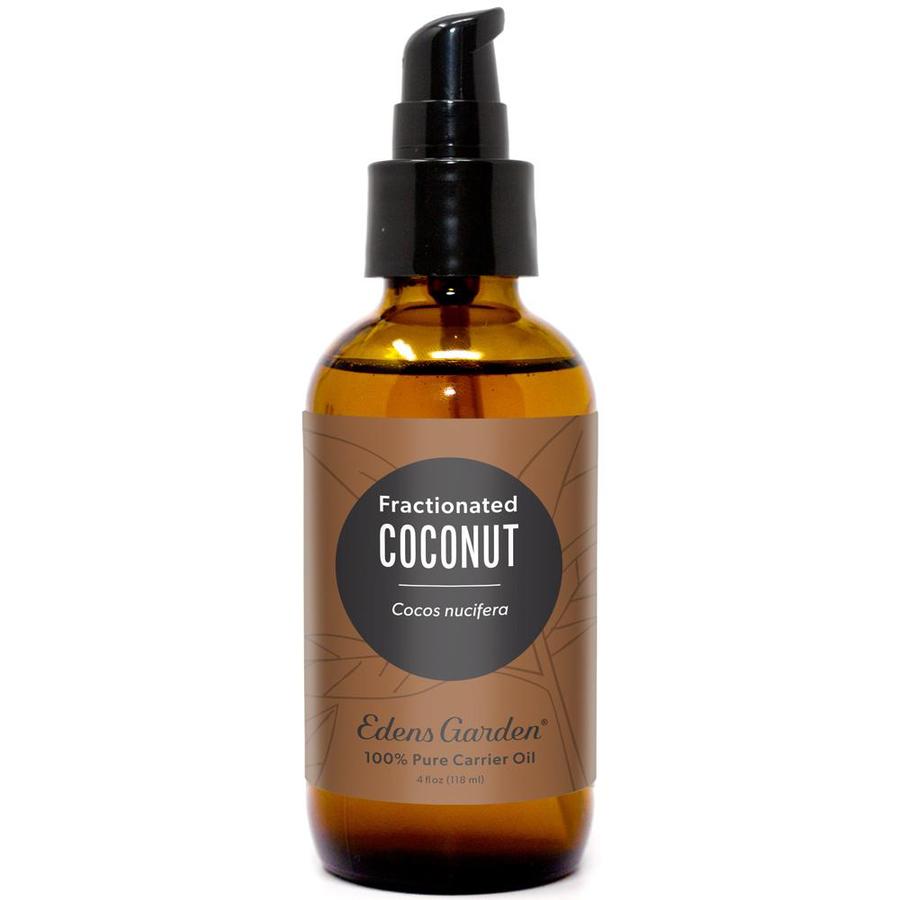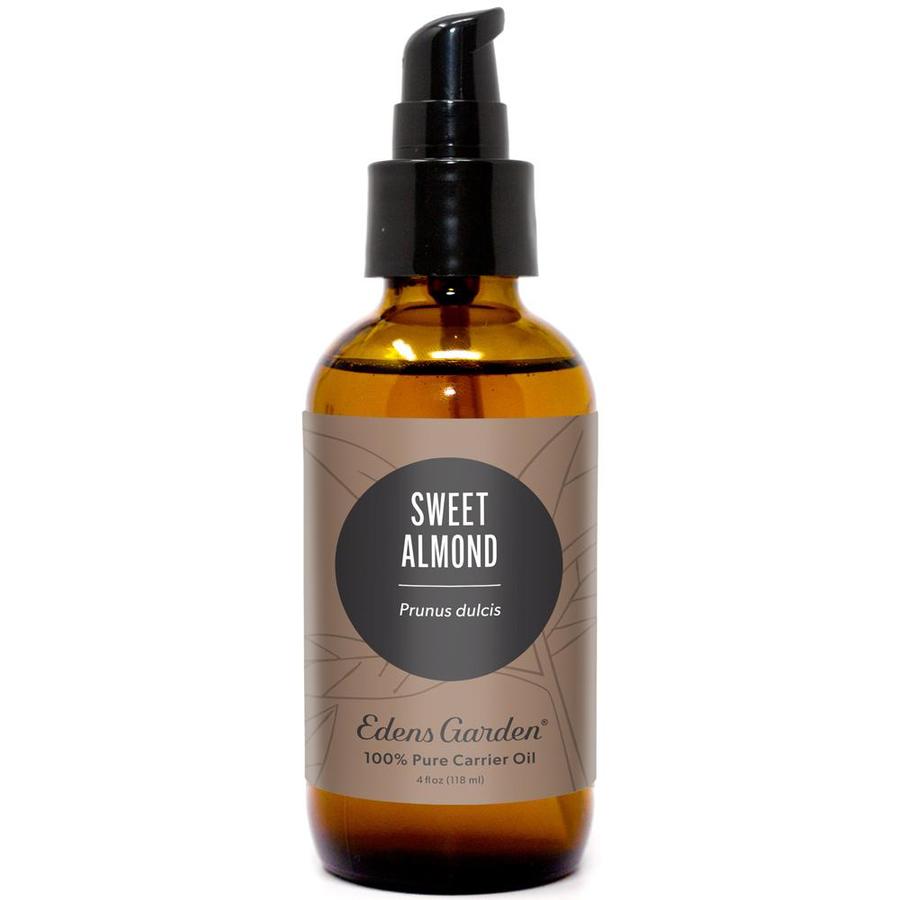How To Dilute Essential Oils

Essential oils are powerful substances that should be used with caution. Too much of a good thing can cause irritation, allergies and other reactions. We recommend staying true to our essential oil rule: a little essential oil goes a long way.
Whether you’re diffusing an essential oil or applying it topically, oil dilution is an integral step in using essential oils safely and effectively because it prevents you from overexposure.
How much should you dilute your essential oils—and with what?
In this short guide, we’ll go over how to dilute essential oils for skin, hair and aromatherapy.
Do You Have To Dilute Essential Oils?
Choosing not to dilute essential oils is called using them “neat.” Using oils neat or at a higher-than-necessary dilution rate (over 11%) can lead to a skin reaction or sensitization, irritation and other health issues.
There are 3 common reactions that occur when overusing essential oils topically:
1. Skin irritation – You may become red or itchy at the site of application.
2. Immediate allergic reactions – Some people say you can’t have an allergic reaction to essential oils because they don’t contain proteins. This is incorrect. Essential oils can bind with proteins on the skin, causing an allergic reaction.
3. Delayed allergic reactions – In some cases, a rash may appear days, weeks or months after application.
Using essential oils neat or at a high dilution rate is not recommended without the consultation of your doctor and an aromatherapist.
Now that you see the importance of diluting essential oils let’s go over our favorite methods.
Diluting Essential Oils To Use Topically
To dilute an essential oil for topical use, choose a carrier oil and dilution rate that fits your needs. A carrier oil is a non-volatile oil made up of fatty acids.
The first step to diluting is figuring out which dilution rate fits your needs.
-
Facial application and sensitive skin – Our facial skin is some of our most sensitive and your face is the last place you want to develop a rash. When using essential oils to improve skin health, use a 1% dilution. If your skin is very sensitive, you may want to maintain this ratio for use on your body.
-
General topical application – If you’re using essential oil for body massage or creating a DIY lotion, dilute at a 2-3% ratio.
-
Spot treatment – Are you using essential oils to support a specific complaint? If you’re creating your own blended oils to target sore muscles, a chest balm for respiratory convection, or a Roll-On to address another temporary issue, use a ratio of 4-10% (depending on the desired effect).
Age and health also play a role in dilution. People in any of the following groups may want to stick to 1%:
-
Children over two (check out our OK For Kids line for added safety)
-
Pregnant women
-
People with respiratory sensitivities
Once you know the dilution rate that fits your needs, simply use our downloadable dilution chart to figure out the ratio of essential oil to carrier oil, you need to achieve safe dilution. We've also created a Roll-On dilution chart to help you on your journey to safe and effective essential oil use due to popular demand.
Download the NEW essential oil dilution guide here!
Download the NEW Roll-On essential oil dilution ratio chart here!
Tip: Worried about your sensitive skin? We recommend performing a spot test when using a new oil. Dilute your oil at the desired ratio and then apply a few drops to your forearm. Cover the oil on your forearm with a bandaid and leave it overnight. In the morning, remove the bandaid and check for redness or irritation. If irritation occurs, discontinue use of the oil.
Can You Dilute Essential Oils With Water?
People with oily and blemish-prone skin are often skeptical about applying an oil topically. Hence, the above question comes up.
The short answer? No. If you add essential oil to water, it will float on the surface.
Essential oils are hydrophobic, meaning that oil and water don’t mix. In other words, when you apply a mixture of oil and water to your skin, you will end up with undiluted oil on your skin. If you do wish to make a water-based product with essential oils, you will need to use a solubilizer–an ingredient which disperses oil evenly throughout the water. And if you plan on keeping your water-based product for longer than a week, you’ll also need to add a preservative.
What Is The Best Carrier Oil For Essential Oils?
Carrier oils are amongst the best mediums to dilute essential oils in because they’re lipophilic, meaning unlike water, they completely and evenly disperse essential oils. They’re also made of skin-loving fatty acids whereas essential oils are made of tens to hundreds of aromatic compounds, which as we’ve previously discussed, aren’t the most compatible on the skin when undiluted.
With that said, you’re probably now wondering which carrier oil is right for you?, , , , and Sesame are all examples of carriers. However, carrier oils extend far beyond the oils you stock in your kitchen!
Some of our favorite carrier oils include:
-
Fractionated Coconut oil – Specially formulated to remain liquid at room temperature, our Fractionated Coconut oil has a number of its own unique skin-soothing properties.
-
Jojoba oil – Are you worried about oil feeling greasy or heavy when applied to your skin and face? Put your worries to rest with Jojoba. This ultra-thin oil has a texture similar to our skin’s natural sebum, which means that it absorbs seamlessly.
-
Sweet Almond oil – When you’re looking for nourishing massage oil, it’s hard to do better than Sweet Almond. A favorite for mature skin and kids alike, Sweet Almond, is gentle yet highly moisturizing.
How Do You Dilute Essential Oils For Hair?
Another one of essential oils’ amazing uses is nourishing the hair and scalp. When it comes to the sensitive and dandruff-prone scalp skin, we recommend the following:
-
Dilute oils at a 1% ratio.
-
Use a nourishing, non-greasy carrier oil like Argan or Camellia Seed.
-
You can also add a few drops of pure essential oil to your existing shampoo or conditioner.
You can even create overnight hair masks with our essential oils, as long as you stick to the recommended oil dilution ratios.
Making Safety A Priority
At Edens Garden, your health and safety is our priority. We third-party test our oils to ensure their safety and purity. With our detailed dilution ratio guides, “OK For Kids” line and informative blog posts, we’re dedicated to giving you all the information you need to safely experience essential oils’ potent effects. Whether you're and using them topically or mixing them with water in an diffuser, we've got you covered.
Sources:
1. Tisserand, Robert. “New Survey Reveals Dangers of Not Diluting Essential Oils.” Tisserand Institute. https://tisserandinstitute.org/new-survey-reveals-dangers-of-not-diluting-essential-oils/









Misa
October 28, 2020 at 4:21 pm
Very helpful. Thank you.